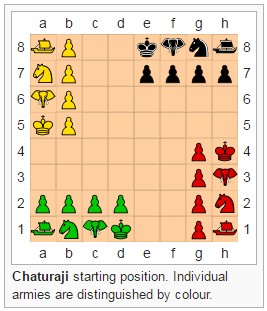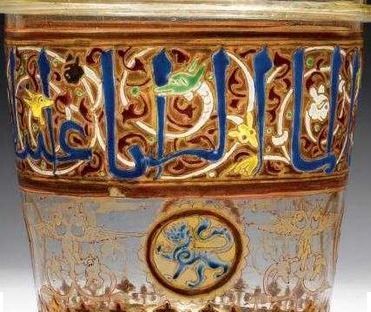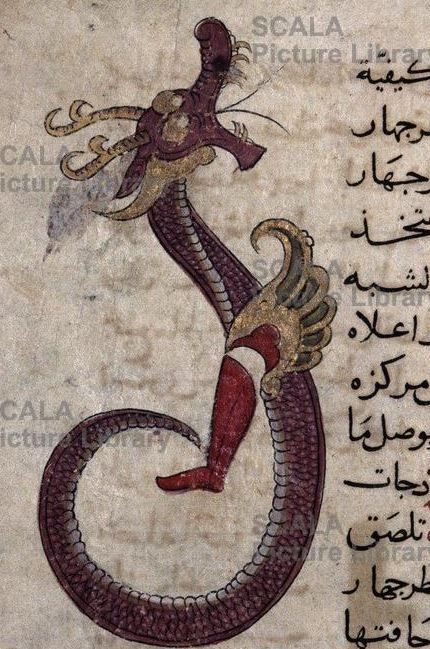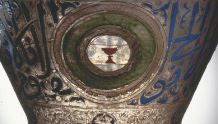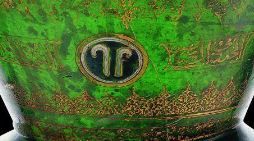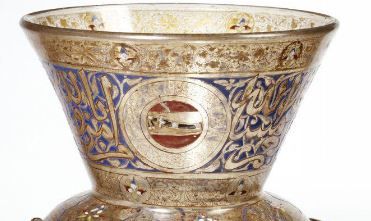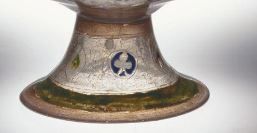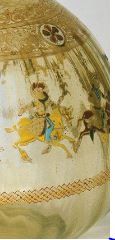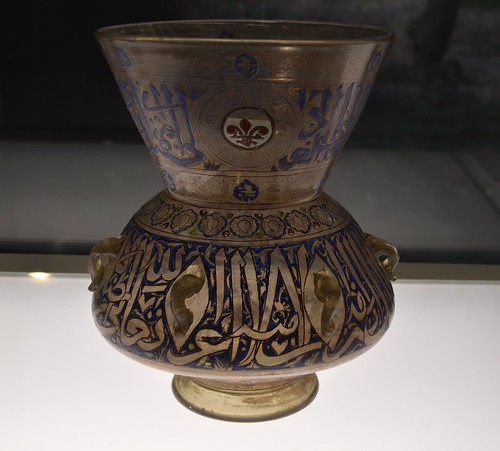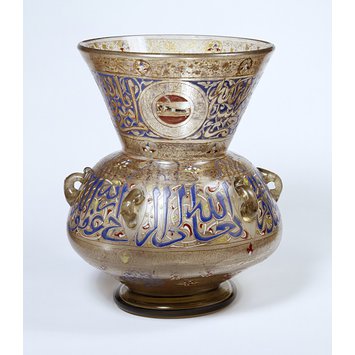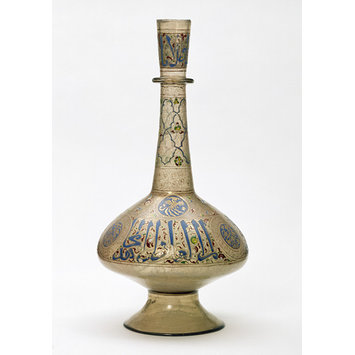An older chess theory ...
https://en.wikipedia.org/wiki/Cox%E2%80%93Forbes_theory
Cox–Forbes theory
Cox's illustration of the "ancient Hindoo game of chess" (1801)
The Cox–Forbes theory is a long-debunked theory on the evolution of chess put forward by Captain Hiram Cox (1760–1799)[1] and extended by Professor Duncan Forbes (1798–1868).
The theory states that a four-handed dice-chess game (Chaturaji) was originated in India in approximately 3000 BC; and that arising from the results of certain rules, or the difficulty in getting enough players, the game evolved into a two-handed game (Chaturanga). On account of religious and legal objections in Hinduism to gambling, the dice were dropped from the game, making it a game of pure skill.[2][3]
The theory arose from an article by Hiram Cox published posthumously in Asiatic Researches in 1801. Cox's article was a commentary on an earlier article written by Sir William Jones, which included an account of the Indian text Bhavishya Purana, which he believed to date from c.3000 BC. Jones stated that this contained a description of a four-player version of chess, presented in the form of a dialogue between Yudhishthira and Vyasa.[4] Jones argued that the four-player version described was a variation of the original two-player form of the game. Cox's article, "On the Burmha Game of Chess Compared to the Indian", proposed that the four handed version of the game was the earliest form of chess. He states that this version "is mentioned in the oldest law books and is said to have been invented by the wife of Ravan",[5] referring to Ravana, the legendary king of Sri Lanka. Cox dates Ravan to "three thousand eight hundred years ago".[5]
Forbes developed this idea in his 1860 book The History of Chess, accepting the 3000 BC dating of the Purana.[6][7] In Forbes' explanation, the four-handed dice version is called Chaturanga, and Forbes insists that Chaturaji is a misnomer that actually refers to a victory condition in the game akin to checkmate. In his 1860 account, the players in opposite corners are allies against the other team of two. He represents this "Chaturanga" as gradually developing into the two-player diceless form by the time it was adopted by the Persians as "Chatrang". He further asserts that this name later became "Shatranj" after the Arabic pronunciation.
Refutation
The earliest Puranas are now assigned a more conservative date of 500 BC, rather than 3000 BC.[3] Furthermore, Albrecht Weber (1825–1901) and Dutch chess historian Antonius van der Linde (1833–97) found that the Purana quoted by Forbes did not even contain the references he claimed.[8] While working on Geschichte und Litteratur des Schachspiels (Berlin, 1874, in two volumes), Van der Linde also found that the actual text around which Forbes had built his entire theory was the Tithitattva of Raghunandana, which was written around AD 1500, rather than 3000 BC as claimed by Forbes.[7][9] Van der Linde thought that Forbes deliberately lied, and was furious.[9] John G. White writing in 1898, did not suggest deliberate deception on Forbes's part, but insisted that "He did not even make good use of the material known to him."[8] As a result, the theory is now rejected by all serious chess historians.[8
Hiram Cox ...
Hiram Cox
Captain Hiram Cox (1760–1799) was a British diplomat, serving in Bengal and Burma in the 18th century. The town of Cox's Bazar in Bangladesh is named after him.[1][2]
As an officer of the East India Company, Captain Cox was appointed Superintendent of Palongkee outpost after Warren Hastings became Governor of Bengal. Captain Cox was specially mobilised to deal with a century-long conflict between Arakan refugees and local Rakhains (see Rakhine State). He embarked upon the mammoth task of rehabilitating refugees in the area and made significant progress. A premature death took Captain Cox in 1799 before he could finish his work. To commemorate his role in rehabilitation work a market was established and named after him: Cox's Bazar ("Cox's Market").[3]
Cox was a member of the Asiatic Society, contributing scholarly articles on Asian culture to its journal Asiatic Researches. He is most noted for his theory of the origin of chess as a four-player game, known as the Cox-Forbes theory.
Duncan Forbes ..
The History of Chess: From the Time of the Early Invention of the Game in India Till the Period of Its Establishment in Western and Central Europe
by Duncan Forbes
W. H. Allen & Company, 1860 - 312 Seiten
https://books.google.de/books?id=Oa4UAA ... ox&f=false
I personally think, that complex games might be rather old. For instance the history of Go, a game, which I know rather well ...
Origin in China[edit]
Go's early history is debated, but there are myths about its existence, one of which assuming that Go was an ancient fortune telling device used by Chinese astrologers to simulate the universe's relationship to an individual.
The earliest written reference of the game is usually taken to be the historical annal Zuo Zhuan[2] (c. 4th century BC[3]), referring to a historical event of 548 BC. It is also mentioned in Book XVII of the Analects of Confucius[3] and in two of the books of Mencius[4] (c. 3rd century BC[3]). In all of these works, the game is referred to as yì (弈).
In ancient China, Go was often seen as the refined pastime of the scholars, while xiangqi was the game of the masses. Go was one of the four cultivated arts of the Chinese scholar gentleman, along with calligraphy, painting and playing the musical instrument guqin, and examinations of skill in those arts was used to qualify candidates for service in the bureaucracy.[5]
Chinese archaeologists have discovered a broken piece of a pottery go board from the Western Han Dynasty (206 BC - 24 AD) in Shaanxi Province. This is the earliest discovery of an existing board unearthed in China.
The board was found in the ruins of a watchtower at the tombs of Emperor Jingdi and Empress Wang Zhi of the Western Han Dynasty. The broken fragment of the board measures 5.7 cm to 28.5 cm long, 17 cm to 19.7 cm wide and 3.6 cm thick.
Li Gang, a research fellow with the Shaanxi Provincial Archaeological Research Institute, said that this board might have been made from a floor tile, and that it did not belong to the royal family since the carvings are too rough. Li said the board could have been made by the tomb guards who played go to pass the time. "That proves that go was being played not only by nobles, but also by ordinary people like tomb guards, more than 2,000 years ago," Li noted.
In 1954 a complete Go board made out of stone was found in a tomb dating to the Eastern Han Dynasty (25-220) in Wangdu County, Hebei Province. This board has a 17 × 17 grid, which confirms the statement by the 3rd century author Handan Chun in the Classic of Arts that Go was at this time played on a 17 × 17 grid:
The go board has 17 lines along its length and breadth, making 289 points in all. The black and white stones each number 150.[6]
The earliest board with a 19 × 19 grid to have been found is a ceramic board dating to the Sui Dynasty (581-618) that was excavated from Anyang in Henan Province, so sometime between the 3rd and 6th centuries a change in grid size must have taken place. However, the 17 × 17 board has survived in the version of Go played in Tibet.[7]
Growth in east Asia
Go is believed to have been introduced to Japan by Kibi Makibi who had studied in Tang China at the beginning of the 8th century. But the Taihō Code, enacted in 701, has a description of Go and therefore the game may have been introduced a little earlier. After it was introduced from China, Go came to be actively played during the Nara period (710-794), and during the following Heian period (794-1185) Go was a favourite aristocratic pastime, as is described in typical literary works of this period such as The Pillow Book and The Tale of Genji.
During the Muromachi period (1336–1573), potentates employed semi-professional Go players, called Go-uchi (碁打ち) or Uwate (上手) who competed against other clans. At the end of the 16th century, Nikkai (Honinbo Sansa) served Oda Nobunaga, Toyotomi Hideyoshi and Tokugawa Ieyasu as a Go teacher, and in 1578 was recognized as the first Meijin of Go by Oda Nobunaga; he also became the first Honinbō.
In 1612, at the beginning of the Edo period (1603–1868), the Tokugawa Shogunate established Four hereditary "houses" to teach the game of Go: Honinbō (本因坊 Honinbō?), Hayashi (林 Hayashi?), Inoue (井上 Inoue?) and Yasui (安井 Yasui?). These four houses (Iemoto) competed with each other throughout the 300 years of the Edo period.
The wave of Westernization and modernization accompanying the Meiji Restoration in 1868 caused the dissolution of the official iemoto Go system and a wane in general popularity for the game. In the wake of this upheaval, the Honinbo title was transformed into a tournament title.
I know about a game, which was played in 90 AD and which has survived as a not finished record. The moves of the players weren't stupid, though occasionally unusual in modern Go.
They played with the restriction, that 4 stones (2 black and 2 white) were placed at the 4-4-points in the corners of the board, which likely was an early tradition and so reduced the possibilities of the game a little bit (an usual finished Go game has about 250 moves, extreme games may have about 400, only possible, if a lot of stones are captured, and in the cases of excessive use of "Ko" - a special rule in Go).
In my opinion it can't be excluded, that games with some similarity to chess existed much earlier than modern theories believe, the problem is likely, that we have none or not enough records of them.
One deciding difference is, that Go used not personified stones (all are equal in rank), and that chess-similar games used personified figures (kings and others). This sort of personification took place in old polytheistic mythology, and that in a manner far more complex as we find it on the chess board. Actually this sort of personification is also a factor in the creation of the much later Trionfi decks.
Personification is also an element of modern computer strategy games as for instance Civilization, which often use much more characters in much more complex situations as our ancestors ever could dream from.
Trionfi cards (naturally also playing cards) are - somehow - an extension of the earlier similar-to-chess games, just as the specific computer games are also an extension of chess. That's not a big mystery.
Any author, who writes a fictive story of humble or extended dimensions, uses personifications, designing acting persons (for instance A = the criminalist), (B = the murderer), (C = endless other persons with different functions to accompany the process, how A captures B), without that he doesn't really get a story.


